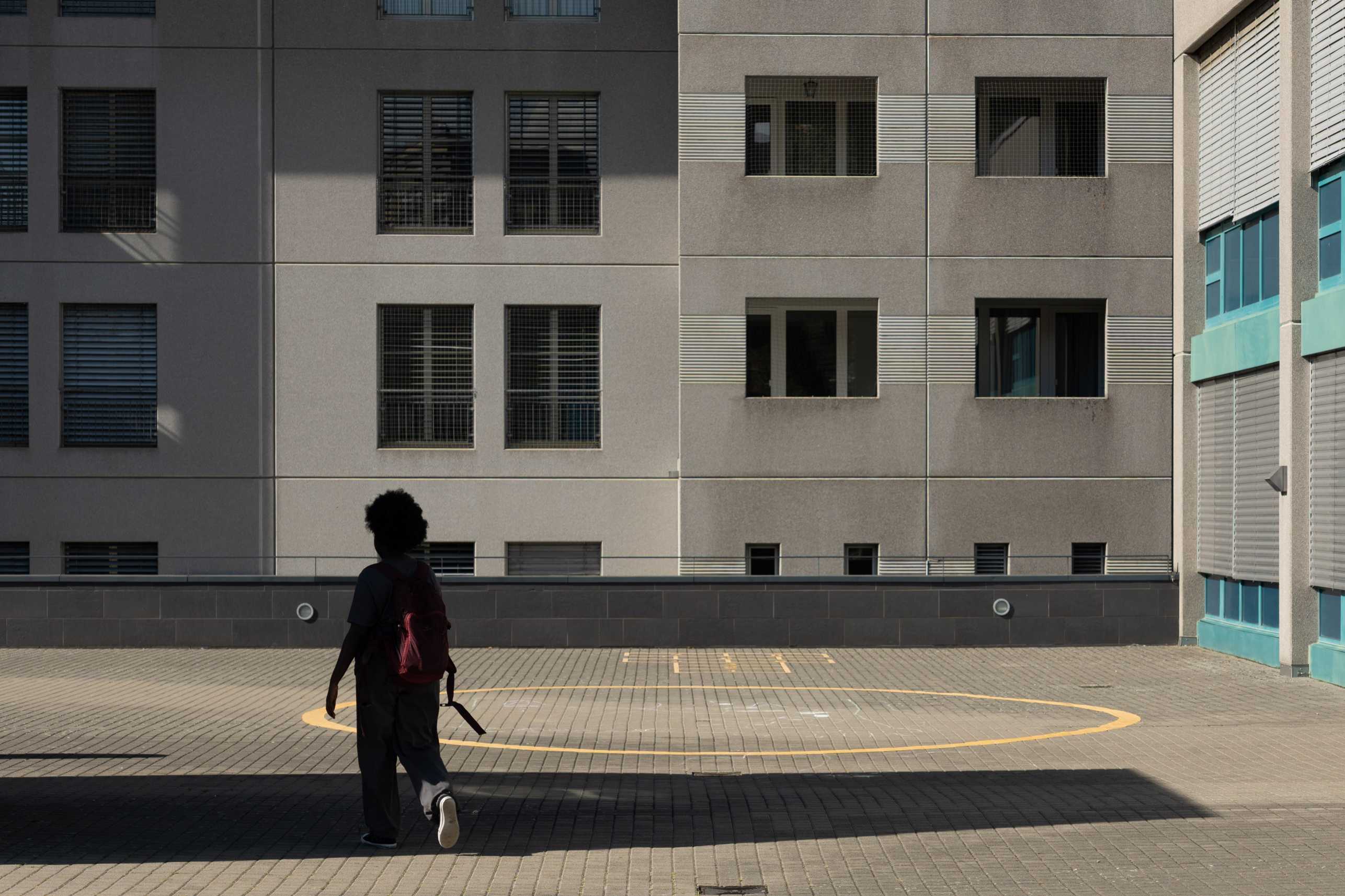Sweet Swice
Does densification lead to more heat stress in cities?
High temperatures and more frequent heatwaves are causing many people to doubt whether the high-density urban planning requirement in spatial planning is still sustainable. However, building physicist Jan Carmeliet argues that even dense cities can be cool if they are planned correctly.
As cities grow and temperatures rise, urban planners face a critical challenge: how to densify sustainably without worsening heat stress. The SWICE project investigates this issue through simulations in Swiss neighborhoods, showing that densification doesn’t have to mean discomfort—if done right.
The study compares different planning scenarios in Geneva and Fribourg, revealing that thermal comfort depends not just on building density, but on the smart integration of vegetation, shading, and airflow. In particular, the “Eco-City” scenario—combining new buildings with green roofs, tree planting, and permeable surfaces—demonstrates how thoughtful design can reduce heat stress and improve livability.
The key takeaway: densification and greening must go hand in hand. With context-sensitive planning and microclimate modeling, cities can grow while remaining resilient, healthy, and comfortable for all.
Position Paper
Download Position Paper SWICE (PDF, 2.1 MB)